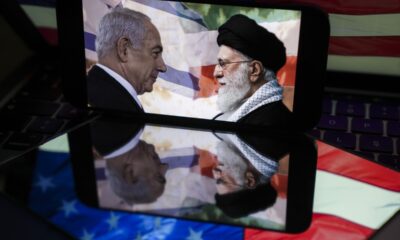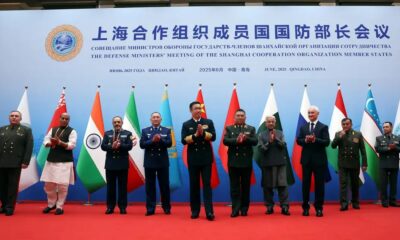Middle East
Israel’s attack on Isfahan signals a change in strategy
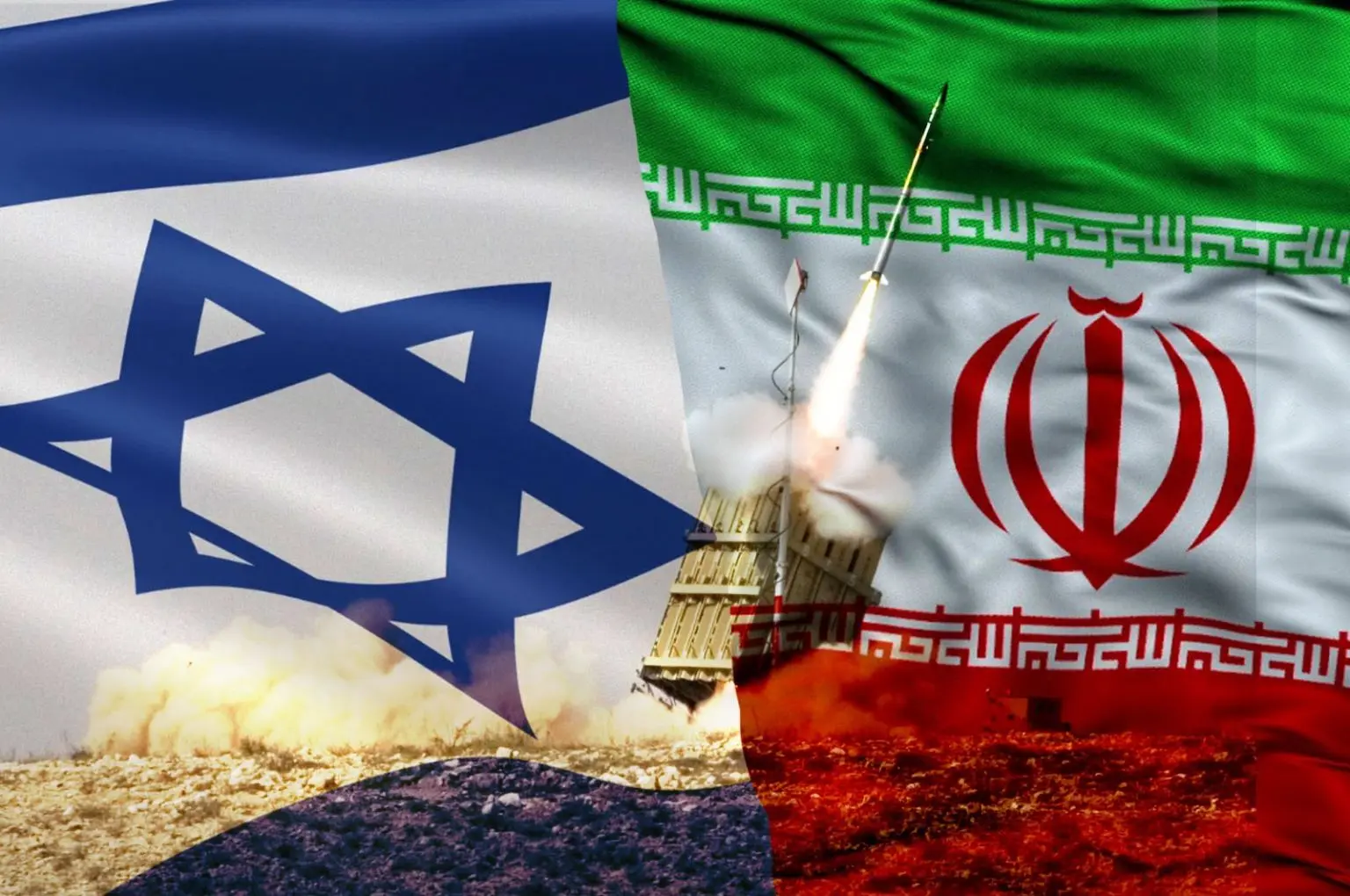
The drone attack on the Iranian military facility in Isfahan signals a significant shift in Israel’s strategy to contain Iran. Washington, which now prioritizes the Asia-Pacific region but worries that China and Russia may fill the vacuum left in the Middle East, has given its implicit approval to this shift.
Iran officially blamed Israel for the January 28 drone attack on a military facility in Isfahan. Early investigations suggest that the Israeli regime was responsible for this drone attack, Said Iravani, Iran’s Permanent Representative to the UN, wrote in a letter to UN Secretary-General Antonio Guterres. ‘Iran reserves its legitimate and inherent right to defend its national security and respond resolutely to any threats or wrongful actions by the Israeli regime, wherever and whenever deemed necessary,’ the letter said.
What is known about the attack?
- Iranian state-run news agency announced that micro-drones hit an advanced weapons-production facility of the Iranian Ministry of Defense on the night of January 28.
- On January 29, The WSJ wrote that the drone attack was carried out by Israel, based on unnamed US officials and people familiar with the operation.
- “Washington had no hand in the Isfahan attack,” Israeli public broadcaster KAN quoted an unnamed US official.
- “We don’t have a comment on these reports,” an Israeli army spokesman told Anadolu Agency.
- According to “Nournews,” a news outlet with close ties to Iran’s Supreme National Security Council, the equipment used in the attack was transferred into Iran with the help of separationist Kurdish groups based in Iraq’s northern region under orders by a foreign security service.
Israel’s shift in strategy
Israel’s actions have so far followed a plan that prioritizes combating Iran’s nuclear program and extra-Iran militia groups. Israel’s killings of scientists working for Tehran’s nuclear program and strikes on the country’s nuclear facilities were all part of this overarching strategy. Second, Israel launched aerial attacks on Iranian militias, Tehran-backed armed groups, and ammunition shipments. At this point, it is important to stress that Russia has “overlooked” the air strikes against the “Iran-backed militias” in Syria. This implicit agreement with Russia knowingly made Tel Aviv reluctant to provide strategic weapons to Ukraine until yesterday.
By adding a third pillar, Israel has expanded its plan with the Isfahan strike: targeting Iran’s missile and UAV technology directly on Iranian soil.
The reason behind the shift
So why did Israel need this shift in strategy, and what is its purpose?
First off, the Tel Aviv government views Iran’s nuclear arsenal as an existential danger. Therefore, from the very beginning, Israel has opposed the Democrats-led United States, sitting at the table with Iran. Tel Aviv advocates for a continuation of the “hawkish” approach to Iran that the Trump administration has taken. Coming at a time when nuclear talks were hopeless, this strike conveys that Israel does not hesitate to engage in a harder fight with Tehran. This not only shows the politically discordant United States how determined Tel Aviv is in terms of Iran but also paves the way for “normalization” with Arab countries suffering from the “Iran threat.” Moreover, by the “external enemy,” Israel also makes an effort to assuage concerns voiced about “extreme” actions that provoked a backlash among Israelis, such as the judicial reform of the extreme right-wing government. As a matter of fact, both the conflict that flared up due to Israel’s hardened policy against the Palestinians in the West Bank for a while and the attack in Isfahan have already overshadowed the protests against the government.
Timing is remarkable
- Just one day after the conclusion of the “Juniper Oak” exercise, billed as the “most important joint military exercise ever” of the United States and Israel, and allegedly practicing the attack plan, the strike on Iran supposedly went into effect.
- White House National Security Advisor Jake Sullivan was in Tel Aviv 10 days before the strike. Furthermore, a “surprise” strike occurred while CIA chief William Burns was in Israel. It is also remarkable that the highest-profile visit from the United States to Israel (the US Secretary of State) since Netanyahu came to power happened only three days after the attack.
Even if the United States did not have a direct role in the attack’s planning or organization, all these “coincidences” indicate that it had the knowledge and consent.
The timing of the strike for Iran also gives clues about Israel’s “political calculations.”
- Criticism is growing, particularly in Europe, due to the demonstrations that began following the killing of Mahsa Amini, the method by which these rallies were crushed, and the death sentences given to protestors.
- Despite continued behind-the-scenes talks, little hope is there for a return to the Nuclear Deal.
- Furthermore, the attack “coincided” with the Atlantic reaction on the grounds that Tehran provided drones to Russia in the Ukraine War.
- It should also be noted that Tel Aviv, chastised for not providing high-tech weaponry to Ukraine before the strike, audibly stated that it was considering supplying these weapons to Kyiv shortly after the attack.
In summary, Israel undoubtedly made a political “maneuver” to send a message to the West by attacking Tehran’s missile and UAV manufacturing facility, criticized for providing drones to Russia. This move demonstrates that Israel is unafraid to state its position clearly in the ongoing war between China, Russia, and the US over the sphere of influence in the Middle East.
How will Iran respond?
Iran has repeatedly declared that it will retaliate against the Israeli attack on Isfahan. Tehran’s reprisal for earlier assaults was either drone strikes on Israeli warships or coordinated cyberattacks against Israeli infrastructure. Last year, Iran also launched a ballistic-missile attack on an allegedly Israeli facility in Erbil. Tehran possibly avoids starting a new front while paying the costs of these low-intensity wars and conflicts and the enormous cost of internal demonstrations and economic sanctions. Tehran will most likely prefer to continue its low-intense fight with Tel Aviv on existing fronts.
However, Iran’s possibility of getting rid of the entrapment with a solution that Israel will not be pleased with is likely, albeit low. Iran has a bargaining chip in the nuclear negotiations: the drones exported to Russia. Why? Because Russia, not Iran, is the top priority for the United States and Europe. In addition, the sooner Europe, in need of Russian gas, agrees with Iran, the quicker it will have the opportunity to create another alternative to Russian gas.
US interest
Having been focused on the Asia-Pacific region for some time and gotten ready to struggle with China, the Biden administration is not keen on escalating tensions in the Middle East, especially not those that include Israel. However, Washington is worried that China and Russia will step in to fill the vacuum in the region. The old allies of the US in the Middle East are attempting to cultivate ties with its “enemies,” China and Russia, out of concern that they will be left vulnerable without the US security cover. On the other hand, these allies are forming new coalitions against Iran, their “foe” in the region. Under these circumstances, the United States seems to implicitly approve Israel’s new policy of raising tension against Iran, expecting Israel not to be drawn into a new adventure. It remains unknown which guarantees Israel gave to the US to get this approval. However, soon after the Isfahan strike, Netanyahu’s declaration on CNN that they may provide weapons to Ukraine offers insights into the nature of the such guarantee. Nevertheless, it is too soon to predict whether Israel would really supply weapons to Ukraine despite Russia. However, it is evident that the period has just begun in which Israel will make its name in the region through extremely “hawkish” policies.
Middle East
Plight of refugees in Iran
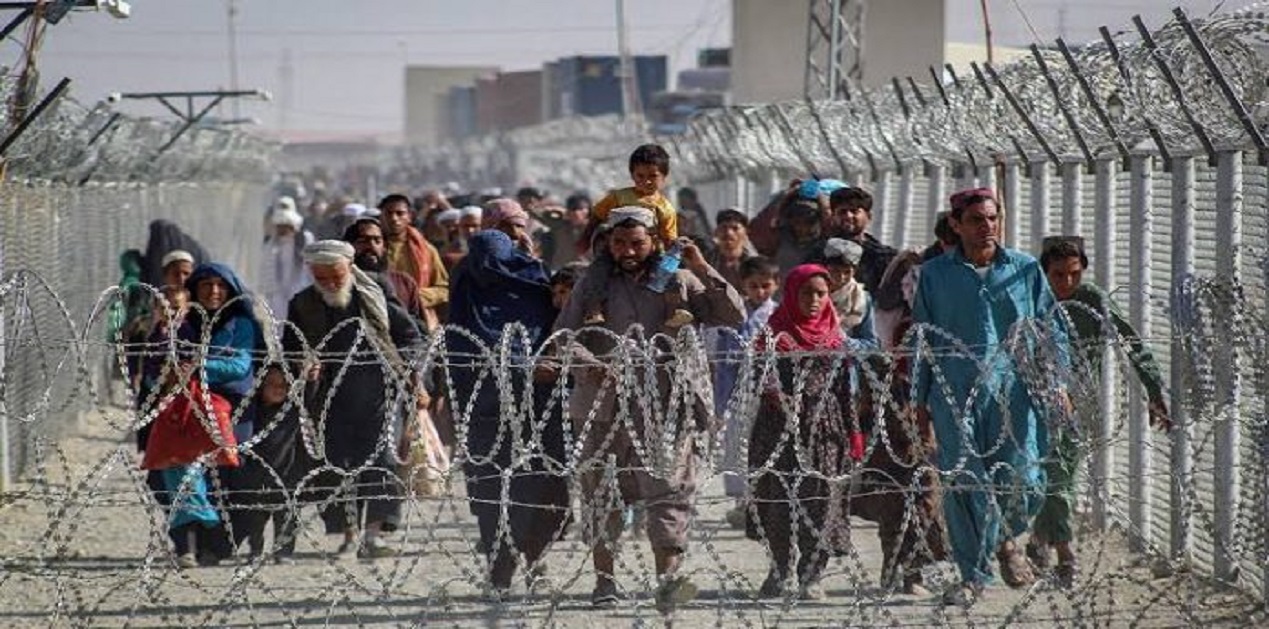
As the process of deporting Afghan migrants from Iran intensifies, Iranian officials say that in the past week, more than 120,000 people have entered Afghanistan from Iran, both forcibly and voluntarily.
The district governor of Taybad in Iran says that nearly 8,000 undocumented Afghan citizens enter Afghanistan daily through the Dogharun border alone.
Meanwhile, some deported immigrants say they left all their assets in Iran and were forced to return home empty-handed.
Hossein Jamshidi, the district governor of Taybad, told Iranian media that in the past week alone, more than 95,000 undocumented citizens and about 25,000 documented migrants from all over Iran have been identified and returned to Afghanistan from this border.
Dogharoon border is the largest crossing point for the deportation of Afghan migrants from Iran. Every day, thousands of migrants, most of whom were living in Iran without documents, are now transported in large convoys, in dozens of passenger buses from all over Iran, to this border point zero.
But in this side of the border!
But on this side of the border, at the Islam Qala crossing, thousands of people, including women and children, are standing in long lines in the scorching sun, wearing only a few layers of clothing, waiting to cross the border and enter Afghan territory.
Many of these migrants say they have nowhere to go and have been forced to leave all their belongings on the other side of the border, on Iranian soil, and return empty-handed.
The Taliban have called for the establishment of a “coordinated mechanism” with the Iranian government for the return of refugees.
UN agencies have called for increased financial assistance following the significant expulsion of Afghan refugees from neighboring countries.
The Norwegian government has expressed concern about the deportation of migrants in recent days and has allocated nearly $1 million to support them.
Middle East
US proposes $30 billion deal to Iran for halting uranium enrichment
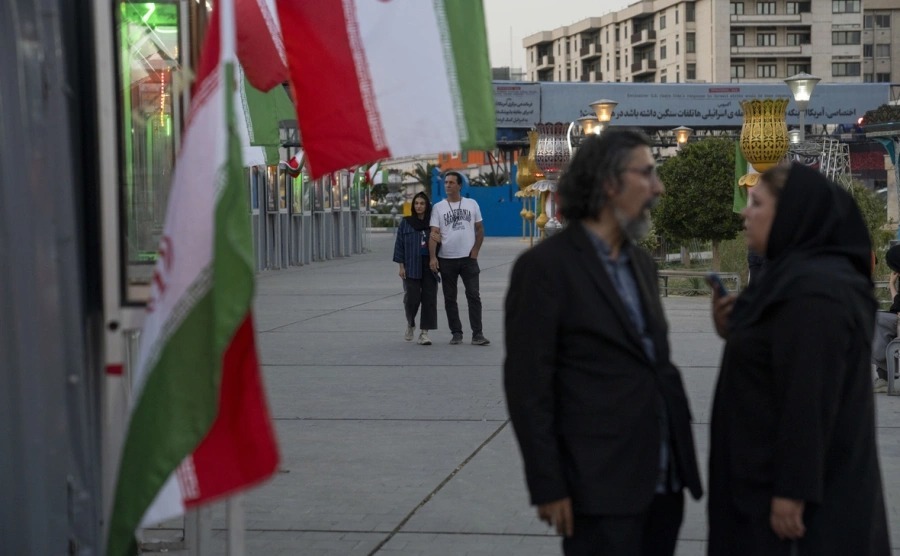
The administration of US President Donald Trump is reportedly discussing the possibility of providing Iran with up to $30 billion in financial access to develop its peaceful nuclear program as part of efforts to return to negotiations with Tehran.
According to a CNN report citing sources familiar with the matter, this offer requires Tehran to completely halt uranium enrichment, a condition emphasized as “non-negotiable.”
Under the proposed plan, the funds would not be provided by the US but by Arab nations. An administration official stated, “The US is ready to lead these negotiations. Someone will have to pay for the implementation of the nuclear program, but we will not make such a commitment.”
Other proposals on the table
American officials have indicated that other offers are also being considered. These include the potential lifting of some sanctions against Iran and granting Tehran access to $6 billion of its frozen assets in foreign banks.
Another idea involves US allies in the Persian Gulf covering the cost of building new infrastructure to replace the Fordow nuclear facility, which was damaged in US attacks. This new facility would also lack uranium enrichment capabilities.
Washington’s “comprehensive peace” initiative
Steve Witkoff, Trump’s Special Representative for the Middle East, told CNBC that the US aims to achieve a “comprehensive peace agreement.”
A White House statement emphasized that all proposals are designed to prevent Iran from obtaining nuclear weapons.
Following the events of the past two weeks, which include mutual attacks with Israel and a US strike on Iran’s nuclear sites, the White House hopes Tehran will accept Washington’s terms.
Experts are skeptical, fearing the offer could backfire
Conversely, Iran experts cited by CNN believe these events will further convince the country’s leadership of the necessity of possessing nuclear weapons.
Earlier this week, the Iranian parliament approved the suspension of cooperation with the International Atomic Energy Agency (IAEA). Even before the US attack on the night of June 22, the Iranian government had already significantly restricted agency officials’ access to its facilities.
According to IAEA data from mid-May, Iran possessed approximately 409 kilograms of highly enriched uranium.
Bloomberg reported that this amount is theoretically sufficient to produce ten nuclear warheads. The agency’s Director General, Rafael Grossi, stated that the location of this material is unknown.
While Tehran claims it moved its uranium stockpiles from the attacked facilities beforehand, the IAEA assesses that a significant portion of the stocks may have survived the strike.
Middle East
US intelligence contradicts Trump’s claim of destroying Iran’s nuclear program
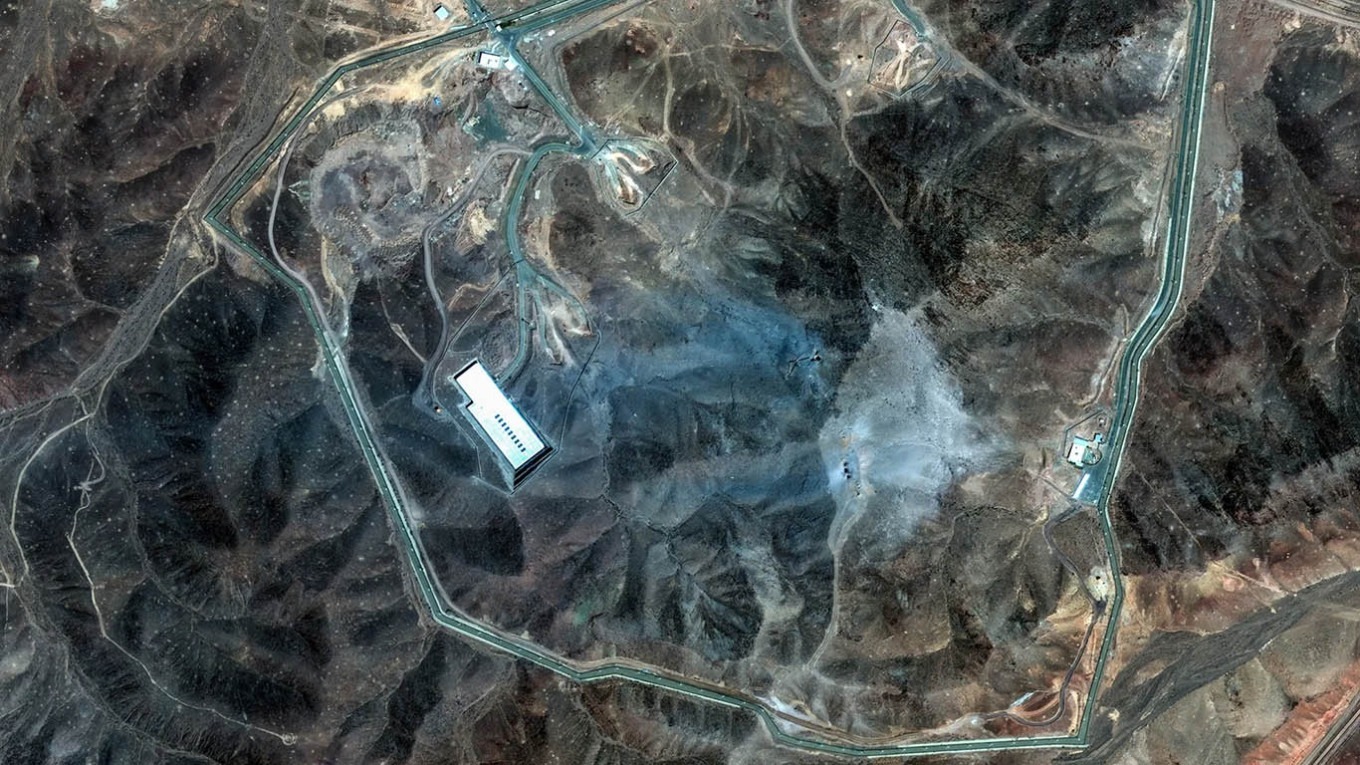
According to a classified military intelligence report obtained by CNN and the New York Times (NYT), US attacks on Iran’s three major uranium enrichment facilities did not eliminate the main components of Tehran’s nuclear program but only set it back by several months.
American officials who reviewed the report stated that the document, which includes a preliminary assessment of the 12-day war between Israel and Iran and the subsequent American attack, contradicts President Donald Trump’s declaration that the program was “completely destroyed.”
The report, prepared by the Pentagon, emphasized that the damage to Iran’s nuclear facilities was largely limited to the destruction of above-ground structures. It was determined that while the entrances to two underground facilities were filled with debris, the bunkers themselves remained intact.
Furthermore, it was reported that enriched uranium stockpiles might have been moved from the facilities before the attacks and that the centrifuges were “largely undamaged.” The report also noted that the US managed to damage the power grid of the nuclear facility built into a mountain at Fordo, but the facility itself did not sustain serious damage.
Timeline for a nuclear bomb extended
Before the military operation, US intelligence agencies estimated it would take Tehran at least three months to hastily produce a low-yield, primitive nuclear weapon. According to the NYT, military intelligence now predicts this timeline will extend to about six months.
The Times of Israel reported that Israeli intelligence also believes the US and Israeli attacks did not completely destroy Iran’s nuclear program, only setting it back “several years.”
Professor Jeffrey Lewis, an arms expert from the Middlebury Institute of International Studies, concurred with the US military intelligence assessment. According to Lewis, Iran could quickly rebuild its nuclear program using uranium stockpiles in the intact underground bunkers. The expert suggested that, in this scenario, it could take Iran five months to produce a nuclear bomb.
White House reacts strongly to leak
President Donald Trump had previously announced that the American attacks had resulted in the complete destruction of Iran’s nuclear facilities.
White House Spokesperson Karoline Leavitt, however, described the intelligence assessment cited by CNN and the NYT as “false.” Leavitt stated the document was classified and had been leaked to the press by a “low-ranking, unidentified loser.”
In a statement on the social media platform X, Leavitt remarked, “The leak of this so-called assessment is a blatant attempt to humiliate President Trump and discredit the brave fighter pilots who carried out a flawless mission to destroy Iran’s nuclear program. Everyone knows what happens when fourteen 30,000-pound bombs are precisely dropped on their targets: Total destruction.”
Trump also accused CNN and the NYT of collaborating to downplay one of the most successful military attacks in history. On his social media platform, Truth Social, Trump wrote, “The nuclear facilities in Iran have been completely destroyed!”
According to the NYT, the publication of the intelligence findings overshadowed President Trump’s victory at the NATO summit. The fact that the report was prepared by the Pentagon, which personally carried out the attacks, further underscored the situation’s significance.
-

 America2 weeks ago
America2 weeks agoIsrael’s nuclear arsenal used as a tool of blackmail, says expert
-
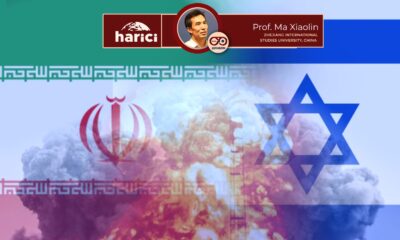
 Opinion2 weeks ago
Opinion2 weeks agoViewing the Israel-Iran Confrontation Through the Lens of Grand History
-

 America2 weeks ago
America2 weeks agoUS presidents ignore intelligence reports on Iran, says ex-CIA analyst
-

 Diplomacy2 weeks ago
Diplomacy2 weeks agoIranian foreign minister travels to Moscow for Putin talks after US strikes
-
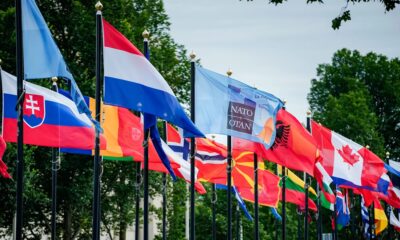
 Diplomacy2 weeks ago
Diplomacy2 weeks agoNATO summit focuses on arms race in the Silicon Valley age
-

 Europe2 weeks ago
Europe2 weeks agoIsrael-Iran conflict postpones EU plan for Russian oil sanctions
-
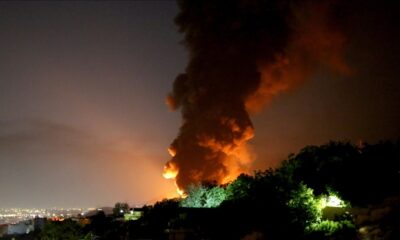
 Middle East2 weeks ago
Middle East2 weeks agoUS bombs Iranian nuclear sites, sparking fears of wider conflict
-
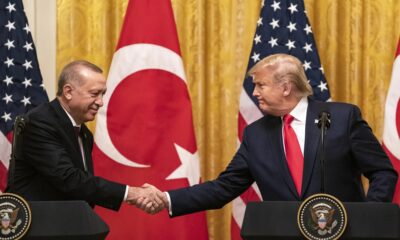
 Diplomacy2 weeks ago
Diplomacy2 weeks agoErdoğan to meet Trump at NATO summit to mend relations




